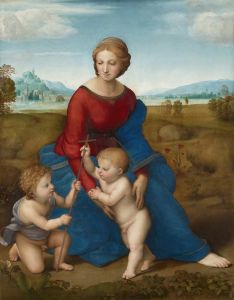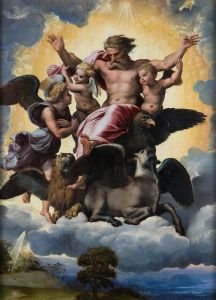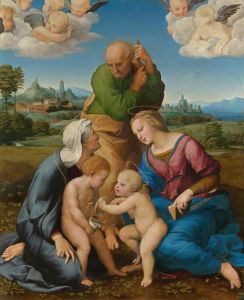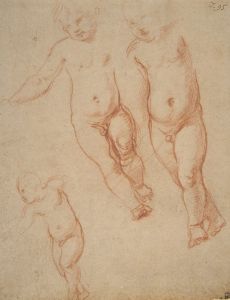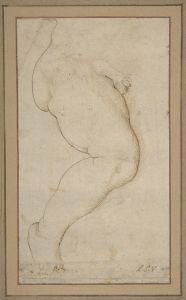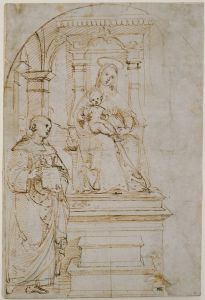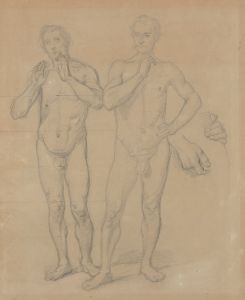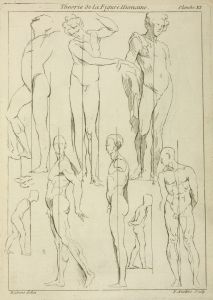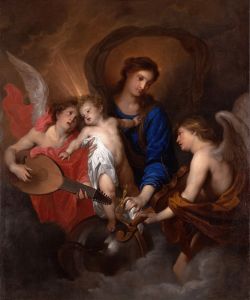
Madonna Del Cardellino
A hand-painted replica of Raphael’s masterpiece Madonna Del Cardellino, meticulously crafted by professional artists to capture the true essence of the original. Each piece is created with museum-quality canvas and rare mineral pigments, carefully painted by experienced artists with delicate brushstrokes and rich, layered colors to perfectly recreate the texture of the original artwork. Unlike machine-printed reproductions, this hand-painted version brings the painting to life, infused with the artist’s emotions and skill in every stroke. Whether for personal collection or home decoration, it instantly elevates the artistic atmosphere of any space.
The "Madonna del Cardellino" (Madonna of the Goldfinch) is an exquisite painting by the renowned Italian Renaissance artist Raphael. Created around 1506, this artwork is a prime example of Raphael's mastery in composition, color, and form, reflecting the harmonious ideals of the High Renaissance. The painting is currently housed in the Uffizi Gallery in Florence, Italy.
The "Madonna del Cardellino" depicts the Virgin Mary, Christ Child, and young John the Baptist in a serene and intimate setting. Mary is seated on a rock, dressed in a red gown with a blue mantle, symbolizing her earthly and heavenly roles. She gently holds a book in her left hand, while her right hand rests on the shoulder of the Christ Child. The young Jesus stands beside her, playfully holding a small goldfinch, a bird often associated with Christ's future Passion due to its diet of thistle seeds, which are linked to the Crown of Thorns. John the Baptist, depicted as a child, is shown offering the goldfinch to Jesus, symbolizing his role as the forerunner of Christ.
Raphael's composition is marked by its balanced triangular arrangement, a common feature in Renaissance art that conveys stability and harmony. The figures are set against a tranquil landscape, with rolling hills and a distant cityscape, which enhances the sense of peace and divinity in the scene. The use of soft, natural lighting and delicate color transitions further exemplifies Raphael's skill in creating lifelike and emotionally resonant images.
The painting was commissioned by Lorenzo Nasi, a wealthy Florentine merchant, as a wedding gift for his bride. Unfortunately, in 1548, the Nasi family home was destroyed by an earthquake, and the painting was shattered into numerous pieces. It was meticulously restored, a testament to the value placed on Raphael's work even in the years following his death.
Raphael, born Raffaello Sanzio da Urbino in 1483, was a central figure of the Italian Renaissance, known for his clarity of form and ease of composition. His work is often celebrated for its visual harmony and embodiment of the Neoplatonic ideal of human grandeur. Raphael's influence extended beyond his lifetime, impacting generations of artists and contributing significantly to the development of Western art.
The "Madonna del Cardellino" is a quintessential example of Raphael's ability to blend the divine with the human, capturing both the tenderness of a mother with her child and the spiritual significance of the holy figures. This painting not only highlights Raphael's technical prowess but also his deep understanding of religious themes, making it a cherished masterpiece of Renaissance art.






